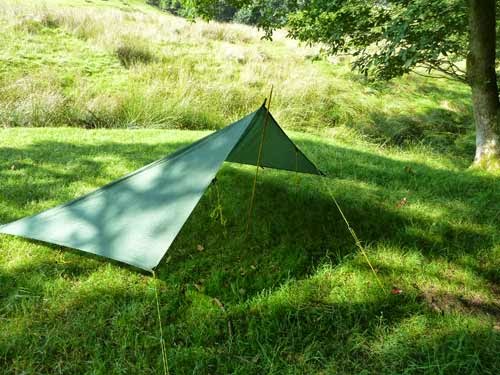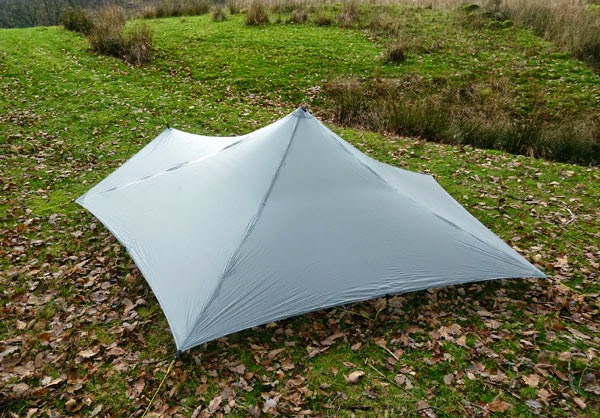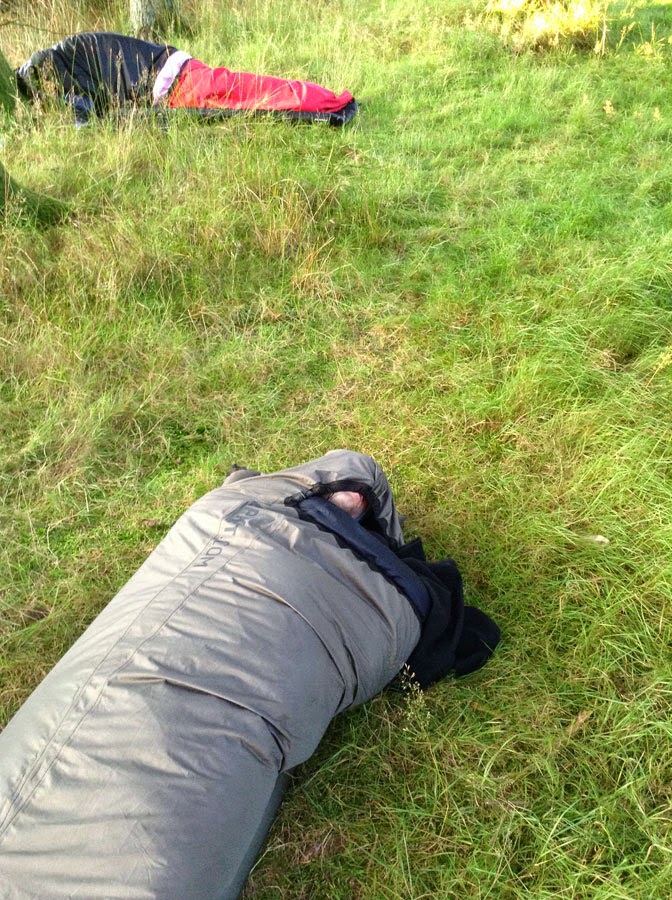Bikepacking is the perfect hang-out for the gear geek, no matter how deep your need for the lightest, latest or smallest, chances are there’ll be someone else with an even greater ‘need’ than yours. Just knowing that there’s someone else who’s obsessive geekery is even more out of control than yours, somehow helps to reduce the guilt brought on by spending your children’s inheritance on aforementioned equipment and diminishes the social embarrassment from knowing how much your pants weigh to the nearest half gram. By entering the WRT you’ve just placed a foot at the top of this slippery slope but maybe there’s still time to save yourself before the heady mix of carbon and cuben dull your senses and the (anti)gravitational powers of titanium drag you down into the flaming meths pit of hell.
Unless you really are Ray Mears or really are stupid, it’s obvious that a certain amount of kit is going to enhance your WRT / bikepacking experience. The scales are quite sensitive though, too much and the additional weight will make you tired and sulky, too little and you can also scribble cold and uncomfortable on the bottom of that list. A little common sense goes a long way when it comes to preparing your kit and any time you now spend ‘thinking’ will generally pay dividends later on.
 |
| Get out and practice. |
Some type of overnight shelter and protection from the elements should be pretty high on your ‘kit list’. Broadly speaking, your options fall into three categories with some overlap between them. There’s no right or wrong here, however, selecting the right shelter for the wrong night or vice versa may lead to sadness and a certain amount of regret.
Tent … I think of the word bivvy / bivi / bivy as a generic one. If someone says ‘bivvy bag’ then I know exactly what they’re talking about. However, if someone says, “I’m going bivvying’ then I don’t automatically assume that they’ll be using a bivvy bag, it’s just as likely that they’ll be spending the night in a tent of some kind. If you do go down the tent route, your main concerns will really be weight, pack size and cost. Trying to balance all three isn’t always easy but with some careful shopping, it should be possible to find something that weighs around 1.5kg, has reasonable headroom (I class 90cm as a livable minimum) and nice things like alloy pegs and poles, for around £75. Yes, I know it can be done cheaper but cheaper invariably involves greater compromise which can quickly remove many of the benefits a tent can offer. If you are shopping for a tent, I’d be quite wary about buying something ‘single skin’. It’ll probably be lighter, no doubt cheaper and I’m sure pack smaller but unless it’s been designed well and by someone who understands their limitations, you’ll likely find yourself waking up in pools of water, wondering why you just didn’t sleep outside … good single skin tents are not cheap.
 |
| If you really aren’t sure what you’re doing … buy a Trail Star. |
Tarp … it’s a subject I’ve probably wasted more words on than any other over the years, so I’ll try not to repeat myself too much here. If you find the idea of a tarp an appealing one, the best thing you can do is practice. I know that might sound a bit obvious but the versatility of a tarp is both it’s strength and sadly, it’s also its main downfall. If you don’t get properly acquainted before your first date, chances are you’ll find yourself spending the night under a drippy, flapping accident rather than a taught weatherproof shelter. You’ll remove it from the bag and find yourself bewildered by the limitless pitching options. Your mind will try to recall all the pictures you’ve seen of nylon origami perfection but you’ll fall well short of recreating anything similar. Eventually you’ll give up, muttering “that’ll do” before crawling commando like under your structure while trying not to touch it for fear of bringing the lot down on top of you. When compared to a tent, even cheap tarps are light and easily packed. While a big tarp will offer more coverage and thus more protection, it will also be harder to erect. It will also usually be more susceptible to wind, which means it might look quite different at 6am, than it did at 8pm the previous evening. For solo use, something 2.4m to 2.8m and 1.5m to 1.8m wide is more than capable of keeping you dry no matter what ideas the weather may have … just remember to practice with the thing first.
 |
| Spending the night like a poor quality builder. |
Bivvy bag … If you’re using a tarp then chances are that you’ll also be using a bivvy bag. However, you might decide to use a bivvy bag as a standalone shelter, after all it’s waterproof, breathable and is hopefully big enough to accommodate you and your sleeping bag … sounds ideal doesn’t it? The stark reality of using a bivvy bag in the UK without any other form of shelter, is sometimes a little different. If you find yourself settling down for the night on dry ground, with zero chance of rain, a light breeze, no midges and low humidity, then sleeping under the stars like a cowboy is a fantastic experience. Sadly, those conditions don’t generally present themselves very often. If things are less than ideal, your biggest concern is going to be water of one type or another. If it’s raining, trying to keep it on the outside will be your main priority. If your bivvy bag has a big hole in it (where you get in and out) you could turn it upside down so the hood covers your head / face. If your bivvy bag has a big hole in it that can be somehow sealed up, then that should be enough to keep the rain from finding its way inside … but you still won’t wake up dry. With rain comes the increased risk of condensation, most bivvy bags collect a little throughout the night but once you’re breathing inside your bivvy and the outside of the bag is wet, the potential for serious condensation rises dramatically … so much so, that you might assume your bivvy bag leaks, trust me, it doesn’t. If you do decide that you and your bivvy are going to go it alone, my advice would be trees. Sleeping amongst them will make serious condensation less likely and they’ll also help lessen the effect of any unexpected showers … however, they won’t do much for the midges.
Part 3
